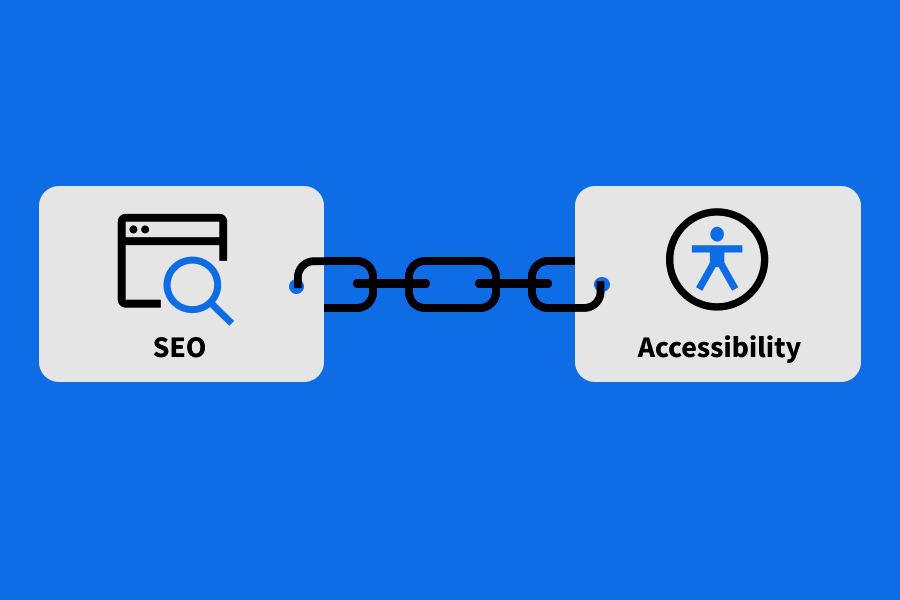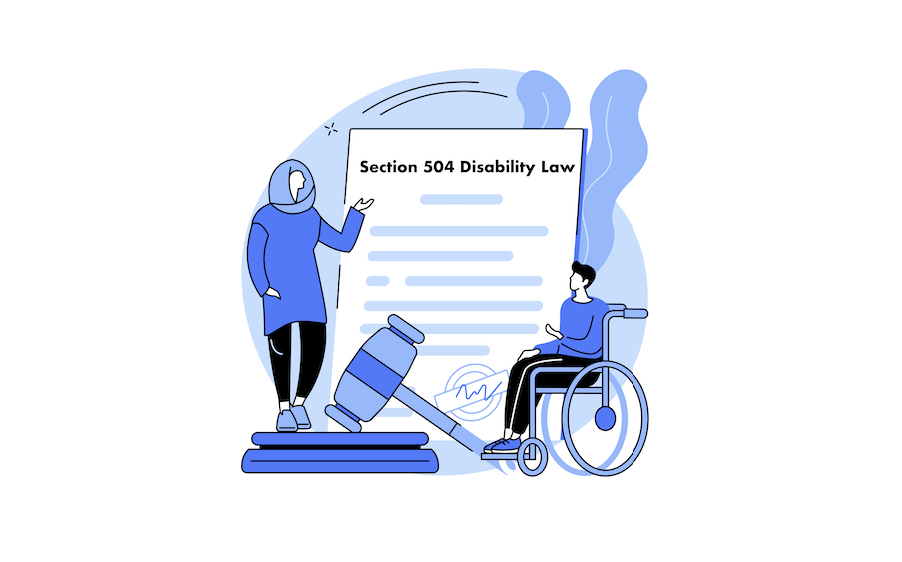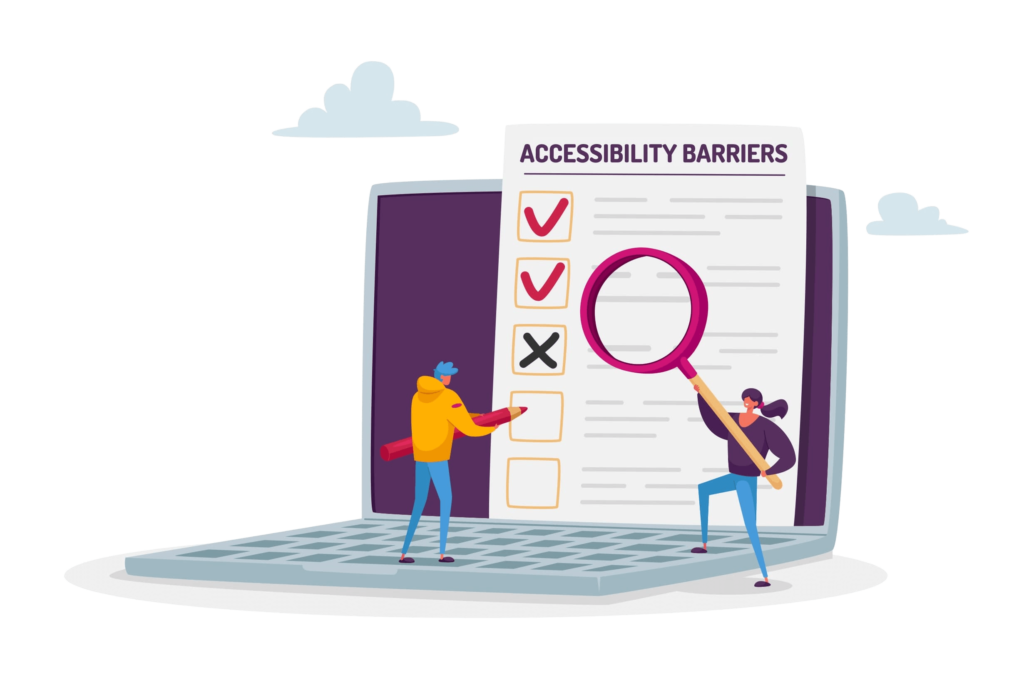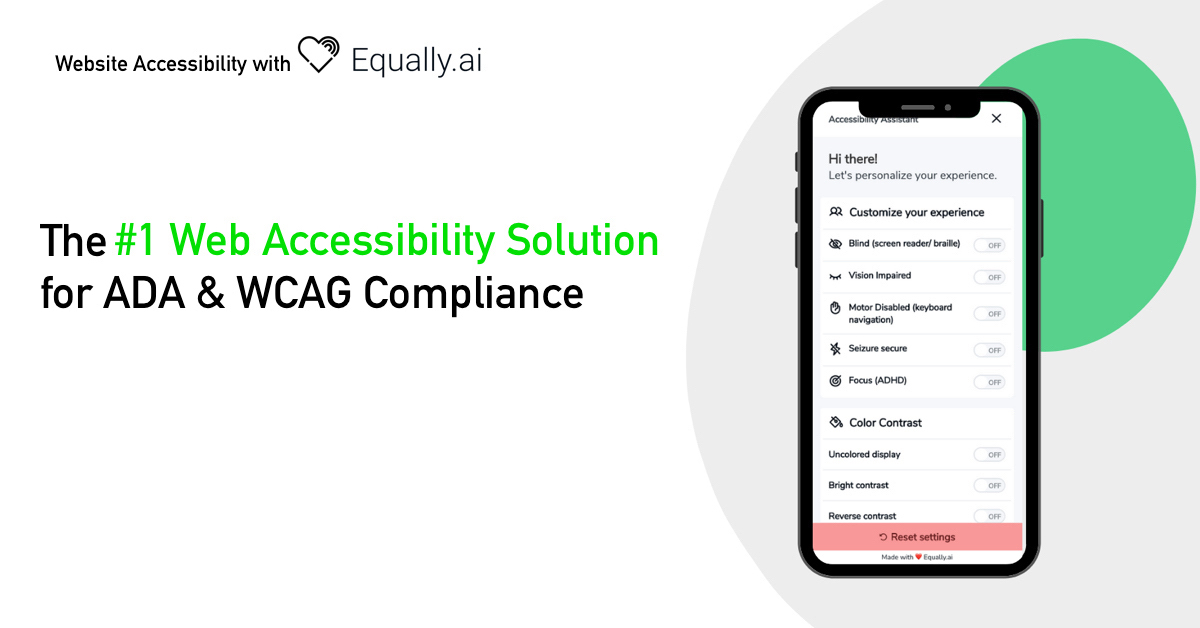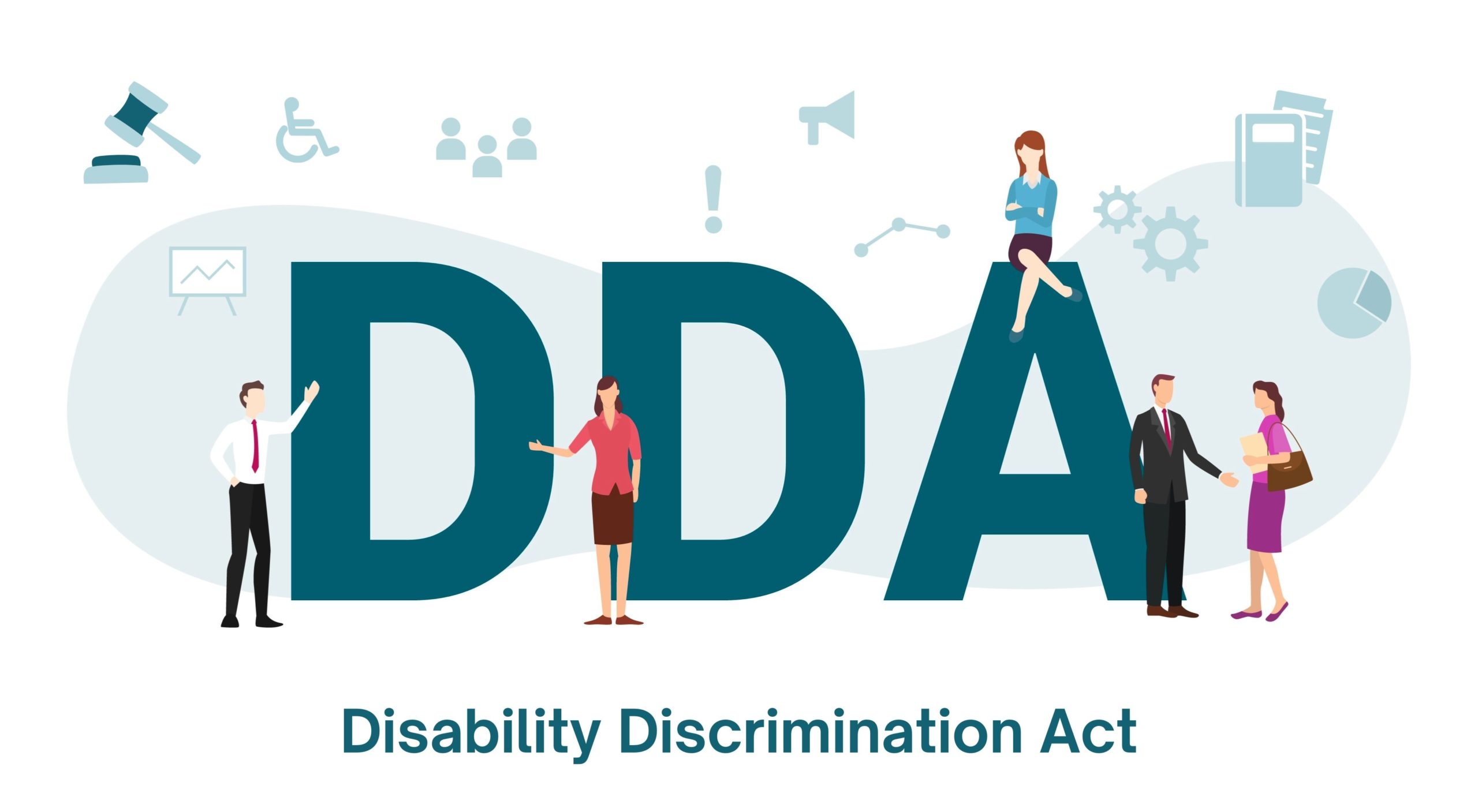
It has been nearly 26 years since the Disability Discrimination Act of 1995 was enacted.
This article is in honor of this revolutionary legislation, and the influence it has on Accessibility laws, standards, and practices today.
An introduction to the Disability Discrimination Act
The Disability Discrimination Act came into law in 1995, and it protected the disabled from discrimination. The battle to get this law passed was fierce, with many protests devolving into chaos. Many attempts to pass anti-discrimination legislation during the ’80s were thwarted. The disabled and their supporters would not be stopped, however, and their efforts were rewarded in 1995. After 14 failed attempts, the Disability Discrimination Act was passed. The Disability Discrimination Act criminalized prejudice against the disabled.
What does this mean for people with disabilities?
Shops, restaurants and the like could no longer toss disabled people to the side and initiated a huge step towards equality. In fact, the Disability Discrimination Act, the Race Relations Act of 1965, and the Sex Discrimination Act from 1975 came together under one legal statute, the Equality Act of 2010.
Implementation in today’s society
With 26 years of legal battles in the bank, the fight for the implementation of the Disability Discrimination Act, known today as the Equality Act of 2010, was not an easy one. It rages on till this day, but many aspects defined by these laws are being implemented globally. Here are just some of the ways these laws are being implemented today:
- Discrimination in the recruitment process is illegal
- Transportation has been made nearly fully accessible
- Internet laws about service providers are increasing web accessibility and equal usability of the Internet
- Discrimination, both direct and indirect, are illegal in the workplace
- Commercial and ethical reasoning is enough to make your online content fully accessible, but you can also get sued if your design isn’t up to the legal standards
How has the Disability Discrimination Act affected operations and usability on the Worldwide Web?
The Disability Discrimination Act achieved great change. Workplace discrimination has been virtually erased. But what about web accessibility? Steps to extend the law’s influence are ongoing for the online universe. Life has been made easier for the disabled workforce online, with programs such as contrast adjusters, screen readers, keyboard navigators, Font adjusters, and many more facilitating easier access. In fact, here is a list of some examples of how to improve accessibility according to disabilities:
- Alt Text should be used for images
- Captions should be provided for Videos
- Screen Magnifiers help the visually-impaired
- Keyboard-only options must be available
- Text size and color adjusters are a necessity
- Color Contrasts need to be changeable
To ensure that these tools become widespread according to the law, service providers can run accessibility tests using the appropriate Checkers. This will ensure the Disability Discrimination Act is being followed. Accessibility Checkers will run through any content online, such as websites of companies, to ensure that every single page is fully accessible for all sorts of disabilities. These programs will then, either remedy the mistakes themselves or provide suggestions. In continuation, those without automatic remediation will have to manually fix it.
As previously stated, there is still a long way to go when it comes to achieving online accessibility. However, the final result has yet to be seen.
Did the Disability Discrimination Act succeed in its purpose?
The changes didn’t happen quickly enough according to many. Seeing as these laws applied only to companies with 15+ employees until 2004, these concerns were warranted. The evolution of the Disability Discrimination Act into the Equality Act, which passed in 2010, brought more changes. Harassment of those with disabilities was included on the list. Additionally, it’s no longer required to demonstrate your disability to apply, which was a demeaning part of the process.
The Equality Act combined discrimination based on sex and religion into the fold, which brought about new issues between others protected by the act, such as the LGBTQ community and those protected from religious discrimination. The disabled community has issues with being underrepresented by the Equality Act. Fighting for your rights for 26 years could not have been easy, but the results speak for themselves.
Effects on Accessibility
With room for improvements on the equality and accessibility fronts to this day. The effects of the Disability Discrimination Act and the Equality Act of 2010, which came after it, on accessibility are undeniable. Here are some of the ways the Disability Discrimination Act and Equality Act have influenced the fight for accessibility:
- Those with disabilities are protected from discrimination even outside of employment opportunities
- The Equality Act recognized indirect discrimination as equal to direct discrimination against those with disabilities
- The Equality Act defines a period where reasonable actions need to adjust accordingly. Making, fostering people with disabilities mandatory
- Workplaces have become accessible for nearly all disabilities
- More and more disabled people are being employed
- A provision has been included in the Equality Act which limits recruiters when enquiring about disabilities
Of course, these are just some of the positives brought by the Disability Discrimination Act/Equality Act. The effects of this legislation are far-reaching indeed.
Room for improvement: The shortcomings of Disability Discrimination Act/Equal Act legislation
While it’s undeniable that the Disability Discrimination Act/Equality Act legislation had a hugely positive impact on life for the disabled, improvements can still be made.
The playing field remains uneven to this day. A mere 50% of disabled individuals in the UK are employed, significantly less than 80% of non-disabled individuals.
Until this day, there is still a chasm in education as well, with just 50% of the disabled likely to acquire degrees. On a personal level, the sad truth is that disabled individuals have expressed loneliness four times higher than people with no disabilities. Those with disabilities are also less likely to own property and be more susceptible to crime.
Change is still needed, but what kind of change?
Well, amendments to the Equality Act are necessary to improve anti-discrimination laws. A rift also exists between the disabled and others covered by the Equality Act. Those with disabilities feel that their needs have been under-represented compared to those protected from sexual or religious discrimination. This has to change, and unity needs to be achieved to facilitate a stronger front to fight for inclusivity and equality.
Another big issue is transportation. There weren’t strict specifications in the legislation that forced taxis to become accessible for physically impaired customers up until 2017. Other ways of transportation still aren’t required by law to provide accessible transportation.
We as a society have come a long way, but there is still a lot of work to be done to make both the online and physical worlds fully accessible for everybody.
Conclusion: Is there hope for improved accessibility and equality in the future?
The fight for accessibility and equality, both online and off, is never-ending. It is important to constantly keep on improving conditions for the disabled and under-represented. The goal is for those struck by such misfortunes to be able to function, feel, and act like the average, non-disabled person. The Disability Discrimination Act, and what later on evolved to what we know today as the Equality Act of 2010, have paved the way. With that being said, it is also up to us to keep improving these standards and not back down.
It has been 26 years since the struggle for equality for the disabled started, which we are commemorating in this article. Let us hope that, It will not take another 26 years to write an article celebrating unconditional equality and the total annihilation of prejudice towards those protected by the Disability Discrimination Act of 1995 and the Equality Act of 2010.
If you enjoyed our article continue with our next article:







